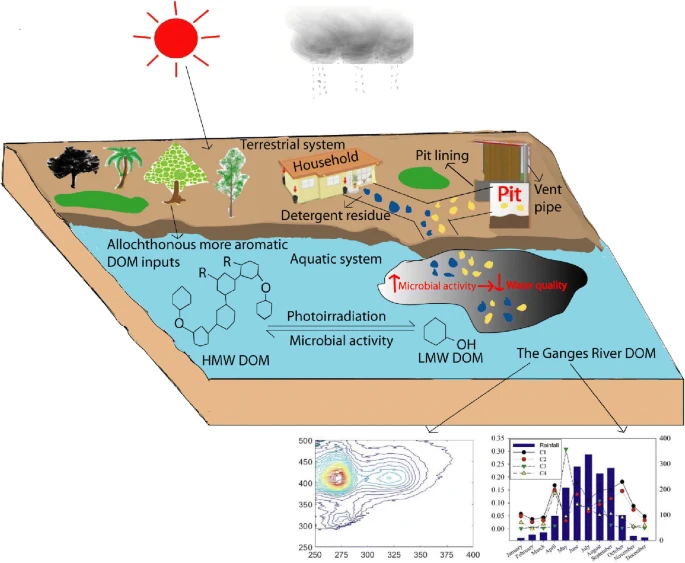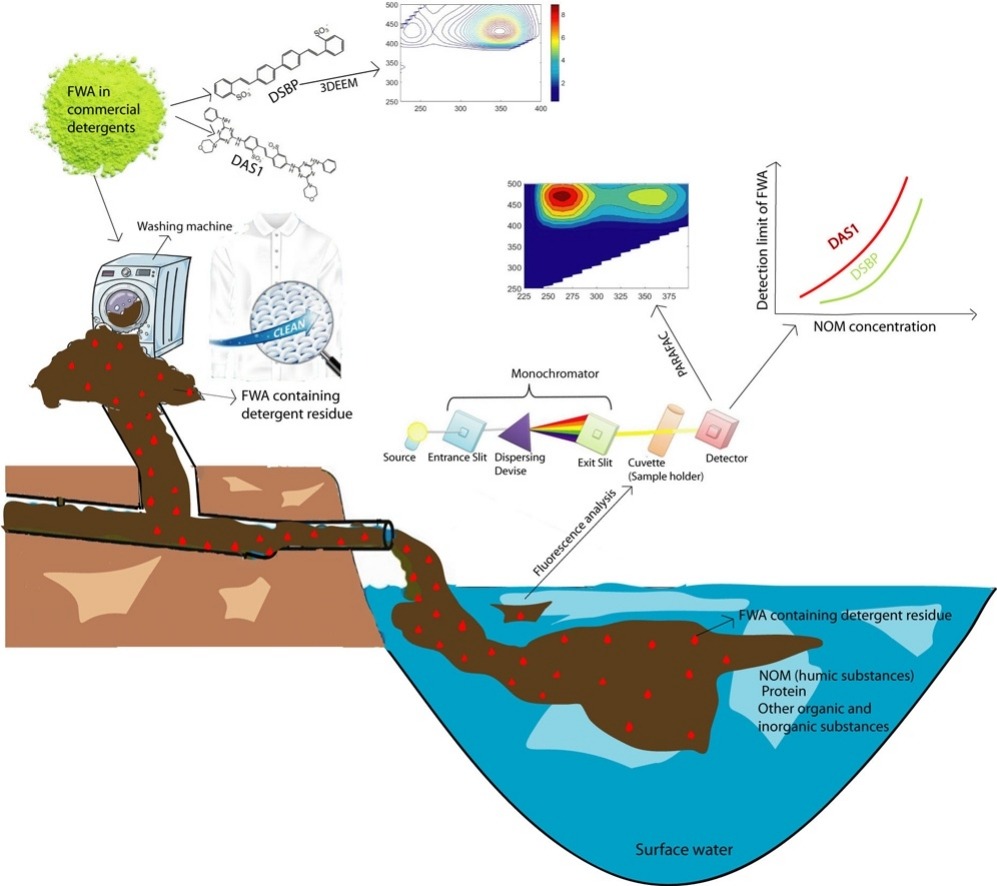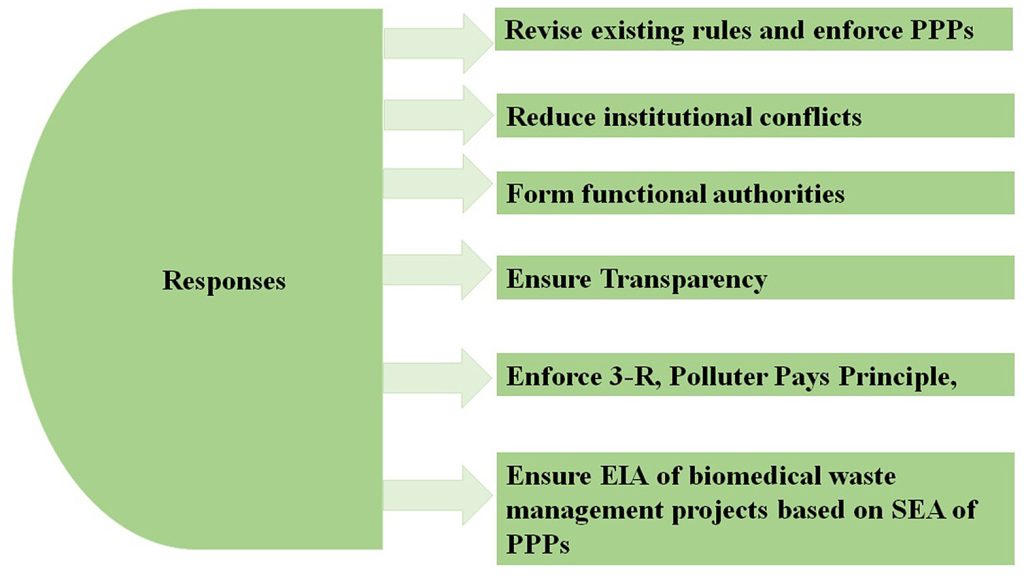Research Focus
Hydrobiogeochemistry
Bangladesh is a delta developed by the Ganges, Brahmaputra, and Meghna Rivers, major river systems of the planet. Hydrobiogeochemistry research focuses on the mechanism of understanding terrestrial and aquatic hydrogeochemical processes of dissolved organic matter (DOM), metal, and water quality. DOM in natural waters is composed of a heterogeneous mixture of numerous allochthonous and autochthonous organic compounds containing low molecular weight substances (e.g. organic acids) and macromolecules such as fulvic and humic acids (humic substances). All these substances, upon decomposition, emit Greenhouse gases (GHGs). GHG emission is an important source of global warming. However, GHG emission from the anthropogenic origin of dissolved organic matter (DOM) is still a less explored field of Hydrobiogeochemistry. Our research team focuses on mapping DOM from the Bengal Delta and the major river systems of Bangladesh, along with carbon emissions from water bodies.

Ongoing activities:
- Dissolved organic matter (DOM) mapping from Bengal Delta and major river systems
- Measuring Green House Gas emission (GHG) from inland-water.

Emerging Pollutants & Health Risk
Emerging pollutants are chemical substances released from known and unknown anthropogenic activities or natural sources with a substantial impact on human health and the environment. Research on emerging pollutants involves method identification, detection, and quantification of emerging pollutants in different environmental components, mostly freshwater, groundwater and food chain. Microplastics, disinfection by-products (DBPs), antibiotics, nano-materials, Fluorescence Whitening Agents (FWAs) etc. are emerging pollutants in Bangladesh. Our team focuses on the detection of microplastics, detergent by-products, antibiotic residue, nano-materials in water, wastewater, sediments, fish, salts, food chains, and other environmental components.
Ongoing activities:
- Our team focuses on the research of microplastic, detergent, and antibiotic residue detection in the different environmental components.
- Our team is also working on developing low-cost detection methods.
Environmental Assessment
Bangladesh is a major developing country that focuses on becoming an upper middle-income country by 2041 through intensive development activities. Development is not without the impact. Although the legal obligation of environmental impact assessment (EIA) started in Bangladesh at least 25 years ago, the research in environmental assessment is still poor. Environmental or social impact assessment (EIA and ESIA) research is still limited in Bangladesh in development projects. In addition, for the policy, plans, and programs (PPPs), impact assessment also needs to be considered to identify the impact of PPPs. Standard international practice for PPPs usually recognizes the careful integration of environmental issues into account by a formal Strategic Environmental Assessment (SEA). Currently, Bangladesh is transitioning from a project-focused EIA system to a strategic environmental assessment (SEA) of PPPs. These transitions require research on EIA/ESIA/SEA of impacts at the sectoral, spatial, land use, and regional level focusing on different projects and PPPs.

Ongoing activities:
- Our team is focusing on the research of EIA and SEA curriculum development with state of the art Problem-based-learning method
- Our team is working on national and international collaboration on EIA and SEA research and arranging webinars and training workshops for local needs.
